Child Proportions to Make for Easy Children Drawings
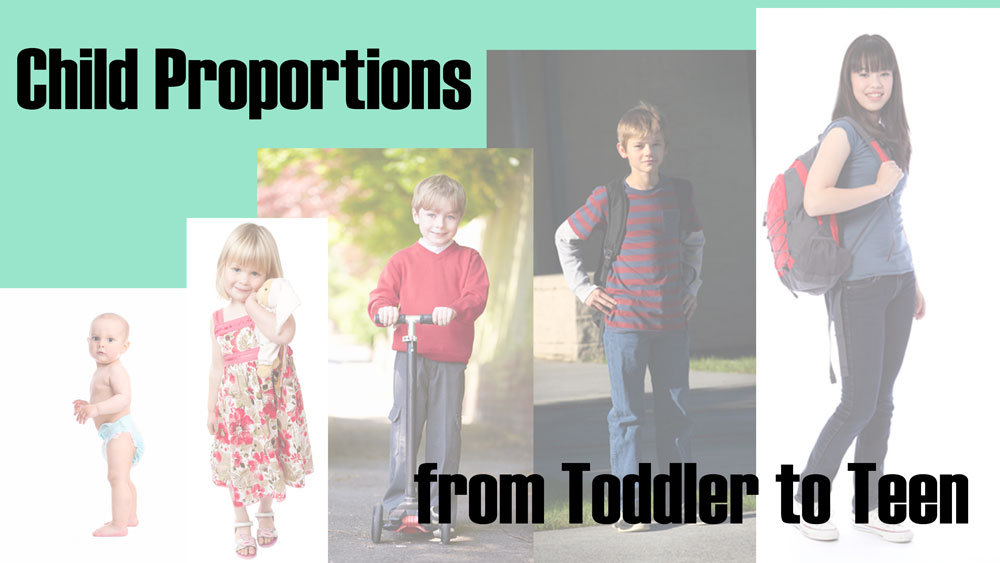
So much of the success that comes from drawing people depends on getting the proportions right. Child proportions in particular can be intimidating for beginners and even some more experienced artists.
There really does seem to be more involved in creating an image of a child than there is with a drawing of an adult. Of course, with a few nifty tips, you could be well on your way to creating pictures of children of any age, from a tiny tot all the way up to a nearly-adult teenager.
Learn Basic Child Proportions
While there is no exact science to drawing people, there are a few proportion-related guidelines that can help you. Keep in mind that you can be a tad bit flexible with these, for they are rough guidelines.
For drawing purposes, artists generally refer to and draw adults as 8 heads tall for simplicity. However, in flesh and bone reality, most adults are around 7 1/2 heads tall, and some may be a little closer to 7 heads tall!
A small child from around a year old to its final toddler years (3-4 years old) will be approximately 4 heads tall. After the toddler years to around age 10, the child should be roughly between 5 and 6 heads tall. Young teens are generally about 7 heads tall.
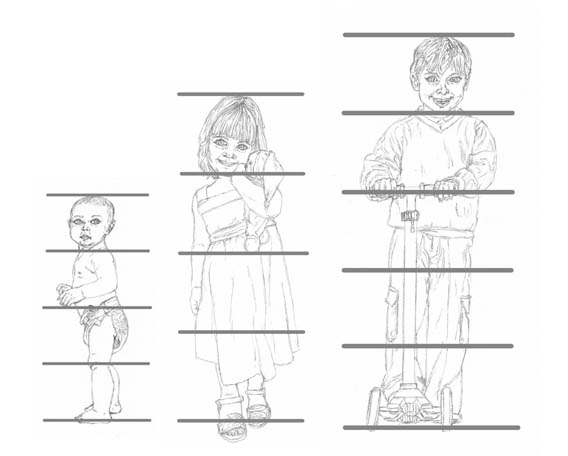
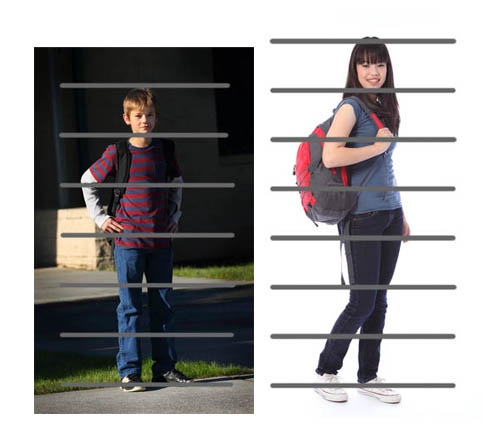
Actual head size is another important factor when it comes to drawing children. If an adult’s head size in a drawing is 9 inches, then a baby’s head size should be about 6 inches (depending on its age). As always, use your best judgment within the different age groups.
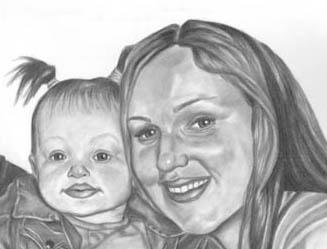
Observation Is Key
When coming to terms with child proportions, from an artistic point of view, it will be worth your while to take some time to observe photographs of people and the people around you. Invest a little effort in really looking at them.
You will probably notice that a child’s head, for example, is much larger in proportion to its body. In adults, the head-to-body proportions are completely different. Remember that a large head on an adult would serve only to dwarf the body.
A way to get used to drawing children correctly is to apply a theory of relative proportion. Use a smaller object that you are able to draw easily and use it in proportion to a larger object. A ball might be a good choice, although even a piece of fruit would work. Place the small object next to a larger one and practice observing and sketching the objects together. Once you have the hang of it, apply the same theory to a child and an accompanying toy, or use a picture or a family photo.
Modifying the Look
Generally speaking, an artist will be more comfortable with subjects that they are accustomed to. This is why it is often easier for an adult to draw a person of a similar age. Familiarity breeds comfort.
When drawing a child, you may need to adjust the look of the image to add a more youthful appearance. It is not enough to simply adjust the proportions as mentioned above.
A child’s eyes will often be a little larger than an adult’s. Think of it as the “wide-eyed nature of childlike curiosity”. Most young children also have a distinct lack of muscular definition, which instead is replaced with slight pudginess or baby fat.
Children also have much smaller hands and slightly stubby-looking fingers. A baby will have tiny, almost marshmallow-like hands, whereas an adult will have bonier, more defined fingers.
Practice Proper Child Proportions in Your Drawings
When learning any new drawing skills, the best way to apply your knowledge is to get some practice. Drawing child proportions is no different.
Take some time to do a few free-hand sketches to get your vague proportion sizes right. Try to remember that the legs should always extend at about twice the rate of the torso when the person in your picture is standing upright. Be sure to apply the skill of “counting heads” in an effort to get the size just right. The more you familiarize yourself with proportions of children at different ages, the easier it will become for you to draw a child of any age!

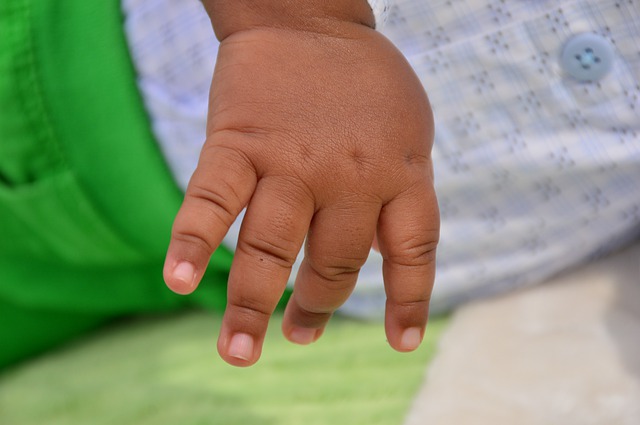

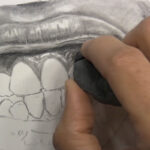
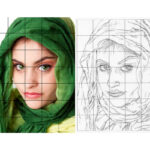
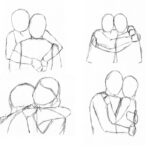
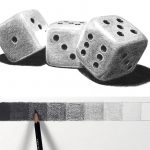
Very understandable. Now I look at things differently. Now I need to practice.
Thank you
Great info on proportions
I am looking for a book that includes both female and male proportions using the eight head method.
Thank you,
Tana
Hello Tana. I don’t personally know of any books that discuss this method in depth. Here is an article I have found helpful in the past. Maybe it can help you until you find the best book that suits your needs. Good luck to you!